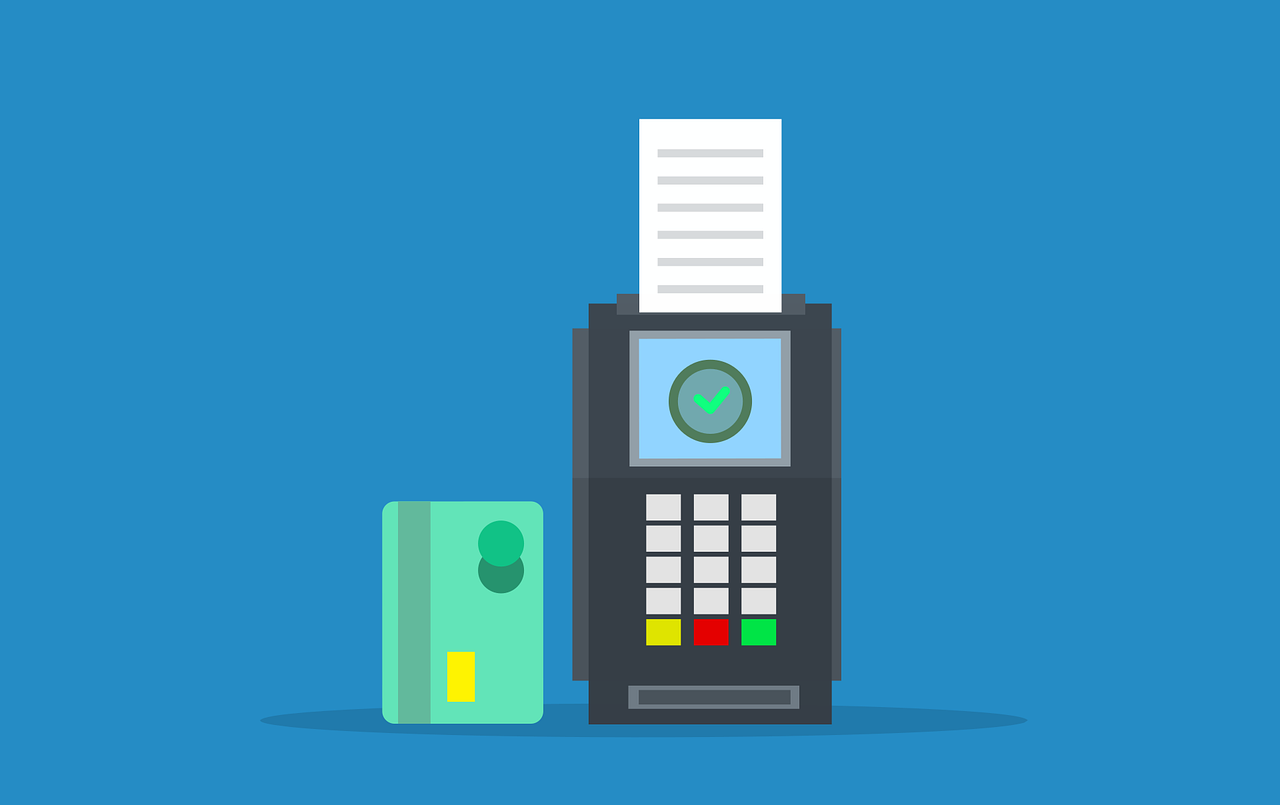Embedded finance is something most people face every day without even realizing it. Every time you buy something from a marketplace, pay for Uber, or use your credit card to buy a coffee — you are using embedded finance capabilities.
In short, embedded finance means integrating some financial instruments like cashless payments, loans, and banking into products and services that are not of financial origin. It improves Customer Experience, making it seamless and smooth for the user. Such services are vital to every industry — from e-commerce to the innovation fields.
Customer Experience Revolution
Imagine that every time you want to make a card payment to pay for a meal or order something online, you’d have to go to the bank and ask them to transfer the funds from your card to the specific cafe or marketplace. Thanks to embedded finance, you have a one-stop experience that covers all your needs.
A good user experience is always a combination of a few factors like convenience, accessibility, and single login or sign-on.
- Convenience here is achieved by seamless integration with the apps and services, meaning you don’t have to switch between apps to buy or order something. All can be done on the spot using services like PayPal, Payoneer, or Revolut, which allow you to pay for the purchase instantly.
- Digital wallets like Apple Pay or Google Pay make financial services more accessible for everyone — including those users who may have lost or forgotten their physical card or don’t have cash. With such services, they can pay for purchases using just their smartphones.
- Single sign-on allows users to access various financial services through one login. For example, some bank apps also have embedded investment and budgeting features that can be used within one app.
Embedded finance also enhances the customer’s loyalty to the business by increasing the customer retention rate. And the largest driver of customer retention is the ease and convenience of use of the service/product. Embedded finance powered by the right financial operations automation platform does just that. It allows users to access a set of features within the app, creating a sort of digital ecosystem that covers all (or the majority of) user’s needs.
Another factor increasing both sales and customer satisfaction is cross-selling. Cross-selling means the sale of additional or complementary products to the existing customer. Every time when the food delivery app asks you “Do you want fries with that?”, it’s applying the cross-selling technique.
Embedded finance enhances cross-selling options by providing insights into spending patterns, products typically bought, and customers’ needs and preferences. By using such insights, companies can tailor their suggestion to the existing clients and offer them exactly the additional things they might be interested in.
Business Model Evolution
Embedded finance became a catalyst for business model evolution in a lot of industries. It provided non-financial organizations with a safe way to scale and grow in the digital environment. Just a few examples of such growth opportunities include:
- Non-financial organizations can access new revenue streams thanks to embedded finance. They can earn commission on transaction fees, charging a little bit for each transaction; make money on subscription features; monetize the aggregated user data that is used for market analysis and targeted marketing.
- Financial inclusion of underserved populations can be achieved through embedded options as well. Individual users and small businesses can get credits and microloans that can’t be obtained through traditional bank procedures. A great example here is BNPL (buy now, pay later) services like Klarna that offer installment options for buyers online.
- Embedded finance features also help with risk management through advanced credit scoring and fraud prevention opportunities. Analyzing spending patterns and financial data across platforms can help rate the creditworthiness of people with short credit histories, and algorithms can track and stop illicit activities to prevent fraudulent operations.
- Integrating finance services can offer endless partnership opportunities for every product, app, and service. Expanding their functionality leads to the growth of the digital ecosystem, creating a so-called ‘super app.’ A good example of this would be WeChat which covers most of the customers’ needs in China.
Embedded finance has already changed the way we use financial services, and in the future, we’ll see some new and unparalleled business models that will benefit both business and its clients.
Navigating Regulatory Challenges
Although embedded finance is revolutionizing the Fintech industry, some risks and challenges are associated with it. There are business risks for conventional banks and small businesses, and there are also security and regulations issues that can impact all players.
One of the most complex issues at hand is data regulation. Data security, privacy, control, and monetization may pose a risk to customers and financial institutions. For example, a few years ago, Venmo was investigated due to privacy disclosure issues. They failed to disclose to their users important details about the transaction reviews, freezing and blocking users’ funds. Eventually, they had to settle.
Cross-border regulations also pose challenges, especially for multinational companies that have offices in different countries and are subject to a few jurisdictions. The issues of international money transfers and currency exchange still aren’t completely regulated.
Technology Imperative
In order to take the most out of embedded finance, there are certain technology requirements that need to be met.
- The first set of requirements includes scalable infrastructure that consists of a few things like cloud computing, scalable databases, microservices architecture, and data storage and management tools. Such instruments are necessary to support embedded finance and make sure that the service infrastructure stays stable in any volatility and can scale and decrease its operations in every demand scenario.
- API serves as a connecting link between the financial and non-financial parts of the product. It has to be secure, stable, and comply with regulatory standards like KYC and data privacy normative like GDPR. API integration also needs to be robust and reliable to handle all the workload placed on it; otherwise, it can lead to downtime and constant glitches in the system.
Businesses that will invest in developing such technologies today will get the upper hand and will be able to use embedded finance to their benefit.
Conclusion
Embedded finance brought a real digital transformation into a non-financial product market. It made a great impact by improving the customer experience and making it smooth and seamless for all types of users. It revolutionized business models, allowing for quicker scalability and development in every imaginable industry.
While it still has some regulatory risks and challenges, we can definitely say that it will be transforming our world more and more, maybe starting from blockchain and cryptocurrency, or advancing the AI possibilities and facilitating the creation of a bigger number of digital ecosystems and super-apps.


